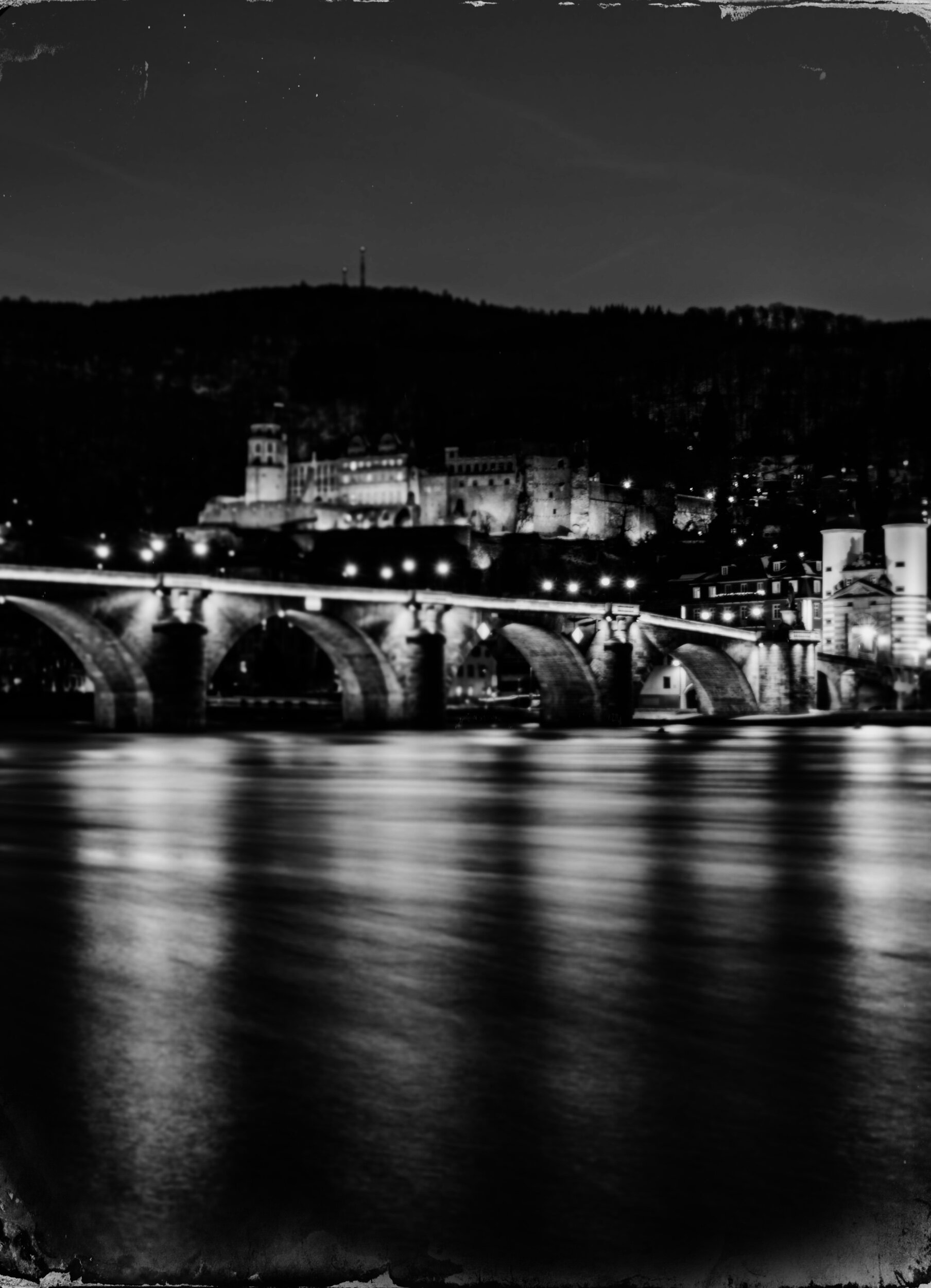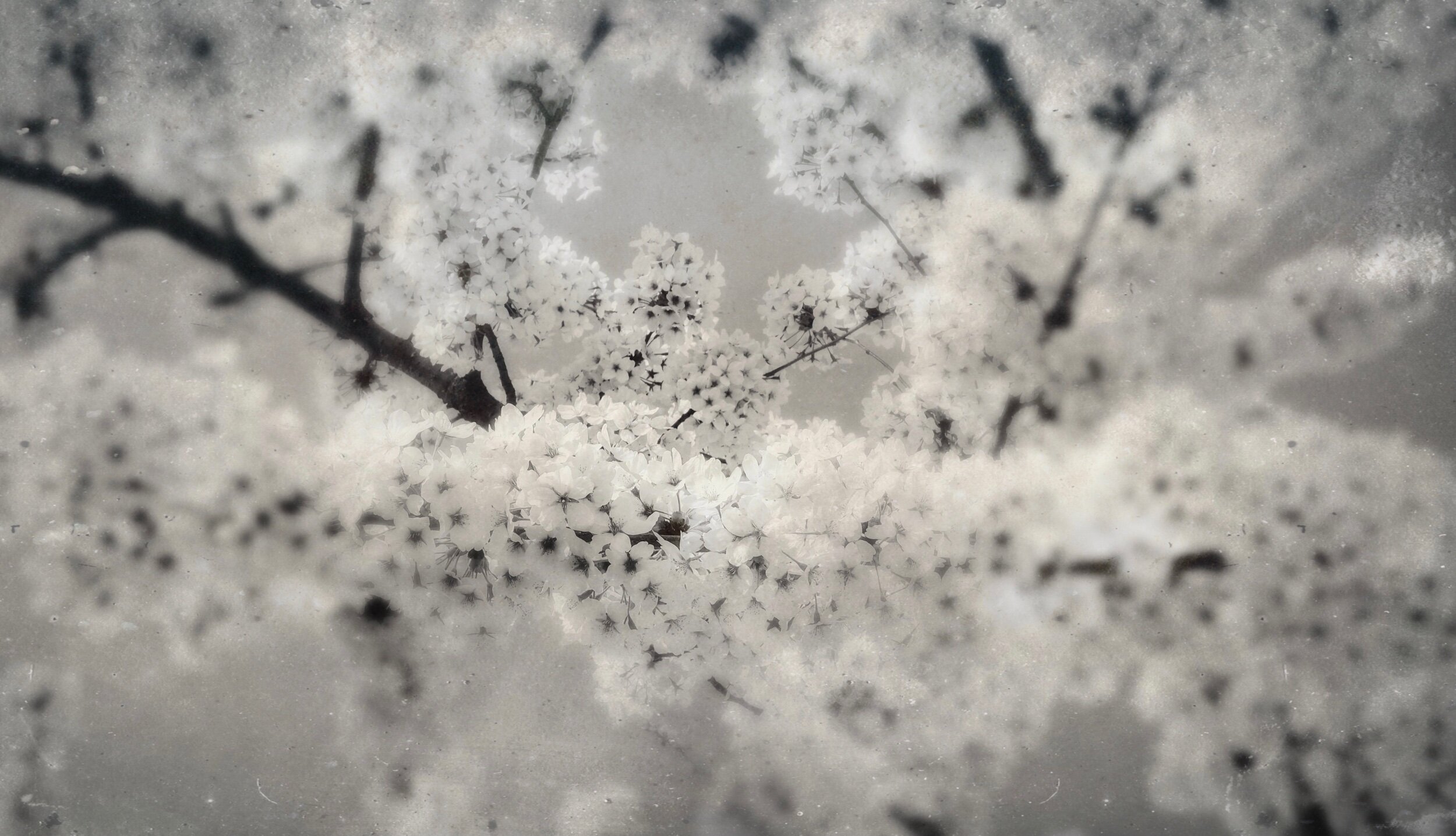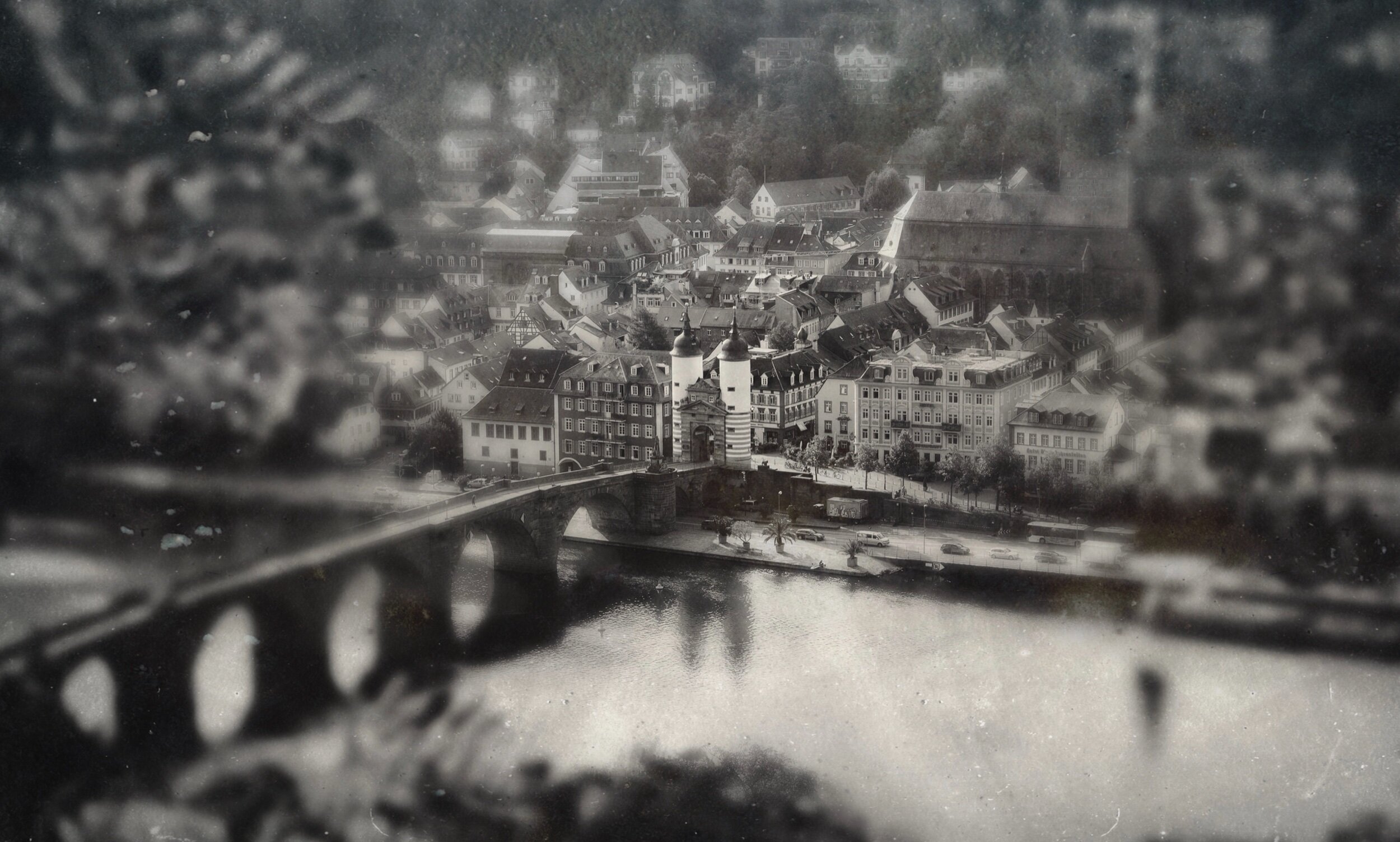Heidelberg
Today starts with an exceptional sunrise over the hills of Heidelberg. A splendid breakfast that tunes in to what's coming. I sit in front of a Cody coffee shop and order a farmer breakfast. The alley in front leads towards the river Neckar. In front of it rises the gate of the Old Bridge with its arch of sandstone. Two other wanderers take pictures, enjoying the delicate rays of sunshine. The bakery door opens, and suddenly the alley smells of fresh bread and coffee—a moment when you forget that there was just winter. Between the mountainside and the Odenwald are the ruins of a Renaissance castle. In The valley is the old baroque town with taverns and pastry shops. The Second World War didn't harm the city; no bombs fell on Heidelberg - and so almost a million tourists come from all over the world to photograph this fairy tale town.
But this year will not be again, not a normal one. On the other hand, it presents an opportunity to walk through the alleys almost undisturbed. Spring in Heidelberg can look cheesy. At the end of March, the buds of the almond trees break open, and pink flowers show up. On the Neckar meadow, students throw themselves at Frisbees as swans glide through the water. Then the trees are already green, while everywhere else in Germany everything is still ugly and grey." Heidelberg owes the heat to the so-called Burgundian Gate, which is about 300 kilometers to the south. It starts at the Vosges valley at BelfortWhich is a gap between the mountains and the Black Forest. Warm air from southern Europe flows along the Upper Rhine and makes the region the warmest in Germany. Heidelberg is in the middle of this Mediterranean wind tunnel.
While sitting in front of the café without a jacket, I plan what to do—hiking to the King's Chair, looking from there to Alsace, or renting a bike to explore the river Neckar. Maybe I sit in the café for a while, ordering another coffee and enjoy the fact that spring has just come through the Burgundian gate.








